The content of this blog post is an email I sent to Twitter. I wrote the email in response to a poor customer experience I had with them a couple of months ago. Because my experience occurred through their support channel, I emailed their partner@twitter.com address, instead of support@twitter.com. I sent the email on Nov […]
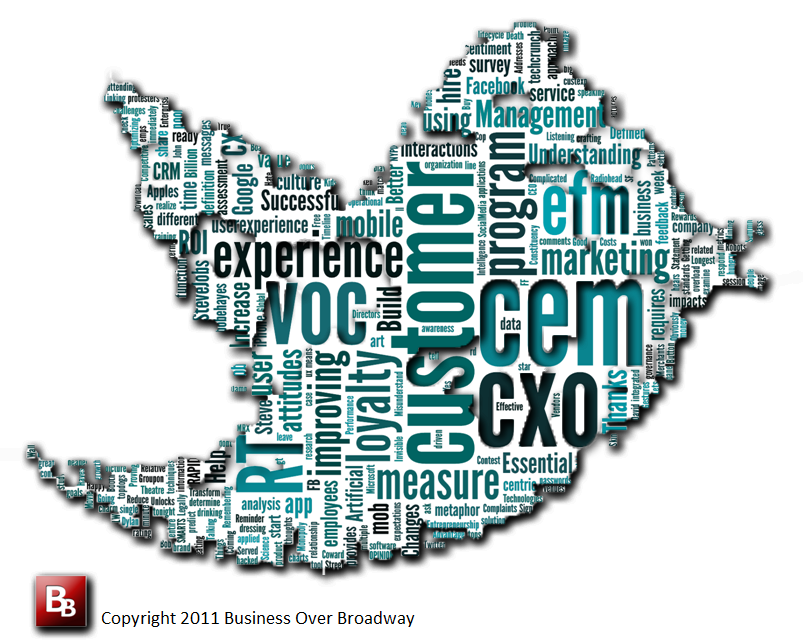




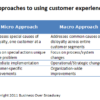
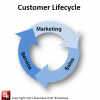
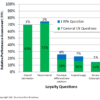
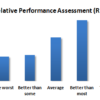

 Beyond the Ultimate Question
Beyond the Ultimate Question Measuring Customer Satisfaction and Loyalty (3rd Ed.)
Measuring Customer Satisfaction and Loyalty (3rd Ed.)